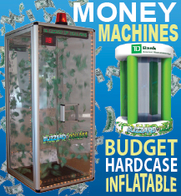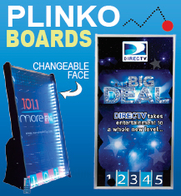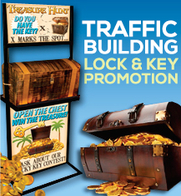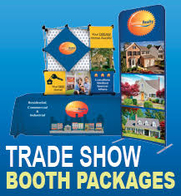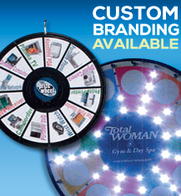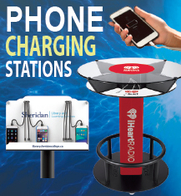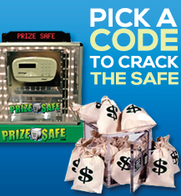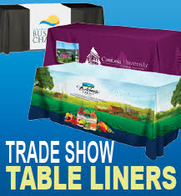 Success at trade show marketing does not happen on its own. It requires careful planning long before the event begins. I have been surprised to see many exhibitors – and a few of my own clients – fail to plan 12 months before the event. Instead, they wait to plan their booth design, giveaways, staffing needs, and literature 1 or 2 months beforehand. Even worse, many neglect to tell their own customers and leads about the show. Today, I’m going to give you a quick blueprint for planning your trade show success well ahead of time.
Success at trade show marketing does not happen on its own. It requires careful planning long before the event begins. I have been surprised to see many exhibitors – and a few of my own clients – fail to plan 12 months before the event. Instead, they wait to plan their booth design, giveaways, staffing needs, and literature 1 or 2 months beforehand. Even worse, many neglect to tell their own customers and leads about the show. Today, I’m going to give you a quick blueprint for planning your trade show success well ahead of time.
Long Range Plan
If you have not already done so, create your company’s long-term strategy for participating in trade shows. Identify a trade show 1 year in advance that meets your objective and research the availability of booth space. Call the organizers and ask for information about past traffic patterns on the floor. If your budget allows, submit your booth application and deposit to reserve your space early.
Medium Range Plan
6 months before the event, begin creating your list of goals for the show. Determine the number of leads you’ll gather, the sales you’ll close, and even the media you hope to draw to your booth. Also, begin planning your booth design and displays. Finally, put together your marketing plan leading up to the event. That includes designing mailers, emails, and even literature to leave at the hotel in which you’ll be staying.
4 months before the event, start planning your staffing needs. Pick your staff, develop scripts and train them to approach visitors and qualify leads. Also, take some time to review the exhibitor’s manual to ensure that you and your staff comply with the rules of the event.
Short Range Plan
By the 3-month mark, you should already have begun your pre-show marketing by sending your customers mailers and emails, informing them about the upcoming event. This is a great time to hold a contest where winners must visit your booth to claim the prizes. Plan your giveaways and promotional items. Order them early so you won’t need to rush later.
2 months before the show, double check your staff’s training to make sure it is progressing well. Much of your trade show success will depend upon their effectiveness at qualifying leads. Create any forms that your staff will need to gather information for following up after the show.
Use a trade show planning checklist to ensure that you don’t overlook any of the trade show planning details.
The Countdown
By the time the show looms 30 days away, your staff should be trained, your customers will be informed, and your booth and displays will have been designed and delivered. Have the displays and promotional items that you’ll be giving out delivered to the venue 1 week ahead of the show.
Finally, finalize plans with your booth staff. The point of being meticulous with your planning is to make sure that everything happens on time. Too often, exhibitors set things aside and then attempt to catch up later. In the end, they’re unprepared. The blueprint above will prevent that from happening to you.
About the author:
Jonathan Edelman provides helpful advice about trade show strategies. With years of experience in the trenches, he is an expert on booth displays, follow up techniques, and using trade show marketing strategies to boost revenue.








